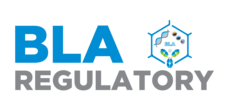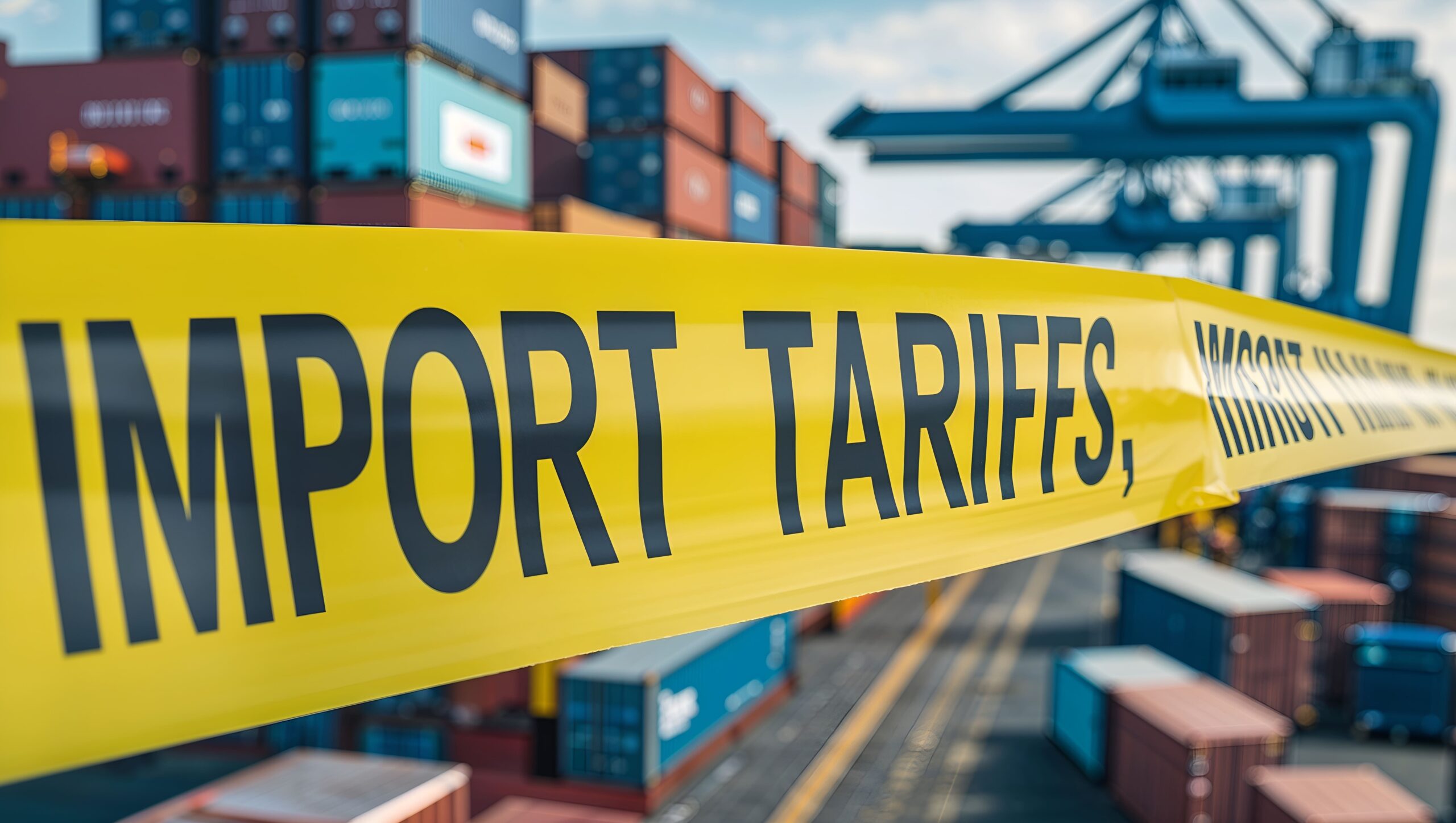In February 2025, the Trump administration announced plans to impose tariffs of 25% or higher on imported pharmaceuticals, marking a pivotal shift in U.S. trade policy with far-reaching consequences for global healthcare supply chains, drug pricing, corporate strategies, and international relations. Below is a comprehensive analysis of the policy’s potential ramifications across multiple dimensions.
Trump’s Drug Tariff Shockwave: Disruption and Reshaping of Global Pharmaceutical Supply Chains
March 12, 2025
I. Immediate Disruptions to Global Pharmaceutical Supply Chains
1. Strain on Generic Drug Networks
The U.S. relies on imports for 90% of its generic prescription drugs, with over half of active pharmaceutical ingredients (APIs) sourced from China and India. Tariffs could trigger shortages of critical medications like antibiotics and cancer treatments, driving prices up by 10–30% within months. India, the world’s largest generic drug exporter, sources 70% of its APIs from China, meaning tariff-induced cost surges would ripple through global supply lines.
2. Cost Pressures on Innovator Drugmakers
Multinational pharmaceutical firms such as Novartis and Roche, which derive significant revenue from the U.S. market (e.g., Takeda Pharmaceutical generates 50% of its sales in the U.S.), face higher export costs. Passing these costs to consumers could reduce patient access to high-priced specialty drugs, exacerbating affordability crises.
II. Market Turbulence in the U.S. Healthcare Sector
1. Price Hikes and Consumer Burden
American households may confront a dual shock: direct tariff-driven price increases and secondary spikes from generic drug shortages. Yale University studies suggest low-income families, heavily reliant on affordable imports, could lose $1,200 in annual purchasing power. Higher out-of-pocket costs in insurance plans may further widen healthcare disparities.
2. Paradox for Domestic Drug Manufacturers
While tariffs aim to incentivize U.S. pharmaceutical reshoring, domestic production faces steep hurdles. Building FDA-compliant facilities requires billions in investment, and U.S. labor costs exceed Asia’s by 3–5 times. Giants like Pfizer and Merck might expand U.S. capacity, but smaller firms’ risk being squeezed out of the market.
III. Global Supply Chain Realignment and Strategic Shifts
1. Regionalization of Production
Companies may adopt “China+1” or “India+1” strategies, shifting partial production to Southeast Asia or Mexico. For instance, Japanese firms are investing in U.S. plants to secure market access. However, such transitions take years and cannot fully replace existing networks.
2. U.S.-China Interdependence in Pharma
China’s dominance in API manufacturing—producing 40% of global supply—ensures short-term irreplaceability. Restructuring supply chains remains prohibitively costly for Western firms. Long-term, Chinese companies must accelerate innovation in high-end APIs and biologics while diversifying exports to Europe and Belt and Road markets.
IV. Geopolitical Fallout and Trade Tensions
1. Erosion of Multilateral Trade Norms
Trump’s “reciprocal tariffs” violate World Trade Organization (WTO) principles, inviting retaliation from India, Switzerland, and others. For example, India could target U.S. agricultural exports, while China has already challenged the policy at the WTO. Escalating disputes threaten global trade stability.
2. Alliance Fragmentation
The tariffs strain relations with allies like Japan and South Korea, which face collateral damage in sectors from semiconductors to pharmaceuticals. South Korea’s negotiations to exchange liquefied natural gas imports for tariff exemptions highlight how trade tools are morphing into geopolitical leverage.
V. Corporate Adaptation and Industry Outlook
1. Diversification and Localization
Multinationals must balance cost efficiency with market access through joint ventures or acquisitions. Taiwan Semiconductor’s $65 billion U.S. investment model offers a blueprint for localized production.
2. Lobbying and Legal Countermeasures
Industry groups like PhRMA* are pressuring lawmakers to preserve existing pricing frameworks. Simultaneously, companies may pursue WTO litigation or tariff exemptions for essential drugs.
3. Automation and Cost Optimization
Adoption of AI and robotics could mitigate labor expenses. Samsung’s 80% automated Texas semiconductor plant exemplifies scalable solutions for pharma manufacturing.
* Pharmaceutical Research and Manufacturers of America, formerly known as the Pharmaceutical Manufacturers Association, is an American trade group representing companies in the pharmaceutical industry
Conclusion
Trump’s pharmaceutical tariffs represent a double-edged sword. While destabilizing supply chains and inflating drug prices in the short term, the policy may ultimately catalyze a global industry realignment. However, the U.S. must weigh its “reshoring” ambitions against risks to public health, inflation, and diplomatic ties. For China, India, and other key producers, advancing technological self-sufficiency and diversifying trade partnerships will be critical to navigating this volatile landscape. The future of healthcare will hinge not only on scientific innovation but also on strategic agility in an era of fragmented globalization.

